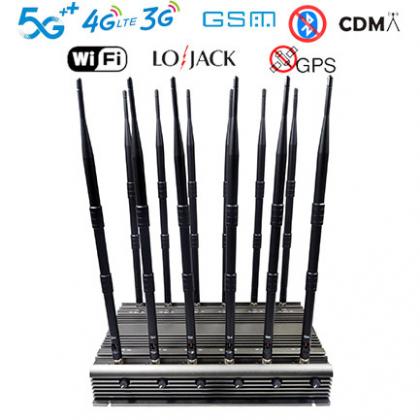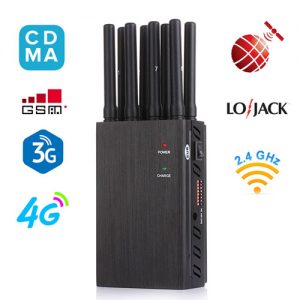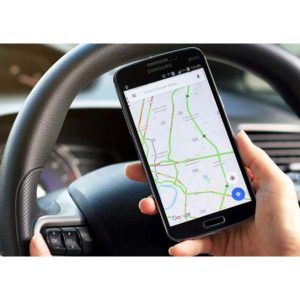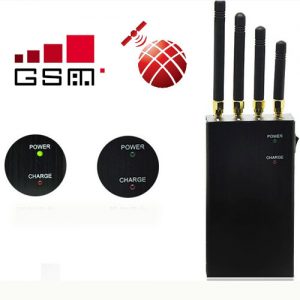Data show that by 2020, the global drone market will reach 25.9 billion U.S. dollars. The domestic civilian drone market is expected to reach 97.7 billion yuan in 2023. Faced with the increasingly broad market for drones in the fields of aerial photography, environmental monitoring, power inspection, disaster relief, news reports, express logistics, remote sensing mapping, and agricultural plant protection, the risks faced by drones cannot be ignored. Whether it is damage to the fuselage or personal and property losses caused by an unmanned aerial vehicle accident, it will result in huge compensation, and risk protection must be sought from insurance products. For insurance companies, drone jammer is undoubtedly an important means of drone risk avoidance.

Judging from the published unmanned aircraft bancassurance products, it includes shell insurance, third-party platform liability insurance, operator damage insurance, etc.:
1. Airframe insurance is mainly for damage caused by drones during operation. The insurance coverage mainly includes damage to the UAV hardware and ground equipment. Product prices vary depending on the design and service life of the drone.
2. Third-party liability insurance is one of the most popular insurance products in the drone market. It mainly covers injuries or losses caused by unmanned aerial vehicles to third-party personnel and property during operation. The insurance premium varies depending on the amount of insurance.
3. The operator’s injury insurance is to protect the operator from the risk of physical disability or death caused by accidental injury.
Four years have passed since the domestic drone insurance product was fir st launched. An insurance company recently announced that after the launch of drone insurance products, it will provide aircraft fuselage + third-party injury insurance to more than 10,000 users in 33 provinces, municipalities, and autonomous regions across the country. In contrast, most insurance companies have not launched related insurance products.
What can’t be ignored is the fast-developing technology industry, constantly updated high-tech and products, insurance industry talents, and immature insurance product designs that hinder the advancement of technology-related insurance.
For example, the inspection and damage assessment of UAV products is often controversial. The damage of different brands and models of drones has different effects on the fuselage. The cause of product damage also requires professional analysis. When insurance companies cannot provide a large number of professionals to check and resolve claims, they need to analyze and resolve losses by themselves. This means that the right to file claims for insurance products is in the hands of drone companies.





